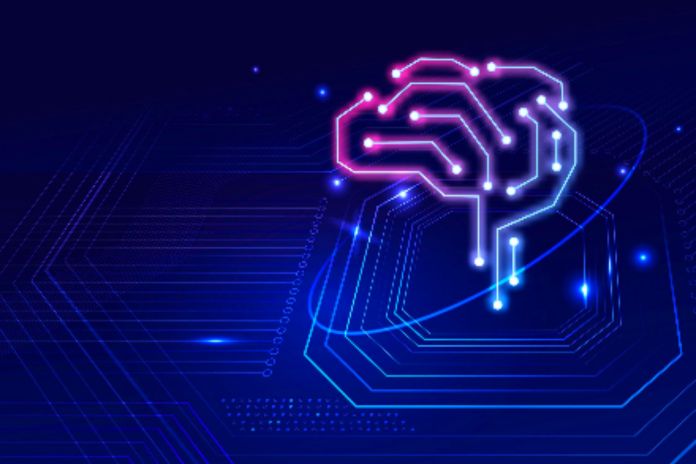AI Brings Efficiency To Counting Processes: Industries from different segments deal daily with challenges related to the efficiency of the production chain.
Among them is the counting of large volumes of products, a process usually slow, tiring, and ineffective since depending on the human workforce for this type of activity is far from ideal. The good news is that artificial intelligence (AI) can practically present viable solutions to solve the problem, increasing quality control and efficiency in time management.
On production lines, wasting minutes is like throwing money out the window. Introducing agility to processes becomes fundamental for businesses that want to scale their activity, producing more in less time. However, industries from different sectors are faced with the same problem: the activity of counting items performed by workers subjected to fatigue, stress, and repetitive tasks. The way out is linked to introducing disruptive technology capable of transcending human vision.
The Limits Of Human Vision
In addition to demanding extreme attention, the routine of counting products demands time and constant checking of the activity. Due to its repetitive and mechanical nature, it is natural that fatigue and distraction generate constant errors that directly impact the following stages of production. Human vision has limitations that will hardly be overcome without the help of technology, which is essential for the efficiency of processes carried out on the factory floor.
Counting items passing through conveyor belts is one example of inefficient manual work. After all, extreme precision and agility are necessary to define the number of units that must be separated or packed, avoiding errors in the numbering that can generate excess or lack of products in shipments. The problem continues for the transport of loads, an activity surrounded by bureaucracy, which can lead to fines if irregularities occur.
For example, counting bags at the exit of trucks generates slowness and insecurity in the process, not to mention the risk of being overweight. In this case, technology can generate practical solutions to identify the number of items and the estimated shipment weight.
Low-Cost, High-Precision Solutions
Through Artificial Intelligence (AI) applied to Computer Vision, Pix Counter automates the numbering of items in different segments, including the logistics sector. In the case of transport carried out by trucks, the system can count the number of pallets and bags, the estimated weight, and the number of truck axles, avoiding errors in loading. Another example in which disruptive technology can be applied is in the accounting of steel bars, a material produced on a large scale and indispensable for civil construction.
Through Computer Vision, machines can see and interpret images more advanced, faster, and more accurately than human vision, reducing failures and wasting financial resources. The process has become increasingly urgent for companies that want to expand their competitive capacity through Industry 4.0, known for the possibility of applying different technologies in the production chain.
The Future Of The Industry Depends On Innovation
According to a survey released by the National Confederation of Industries (CNI), eight out of ten industries had increased productivity and financial gains due to investments in innovation. The results show how managers have been aware of the need to replace manual force in repetitive and tiring tasks, such as accounting for many products.
Known as the fourth industrial revolution, Industry 4.0 has proven that introducing innovative solutions in the production chain is far from reaching its peak. The ability of machines to collect and analyze images, transforming photos into data that optimize the work performed by human labor, is just one example of the application of disruptive technologies in the industry.
The introduction of Industry 4.0 concepts in the market includes solutions that involve advanced robotics, 3D printing, the use of sensors, and machine-machine connection systems, among many other possibilities. In the case of sectors that need to carry out the accounting of parts, items, and goods inside or outside the production line, computer vision is a fundamental solution for optimizing work and quality management.
The cost of technology is another good point, as capturing and analyzing images has become increasingly accessible. Not to mention the advantages of saving financial resources if problems in computing the items happen.

